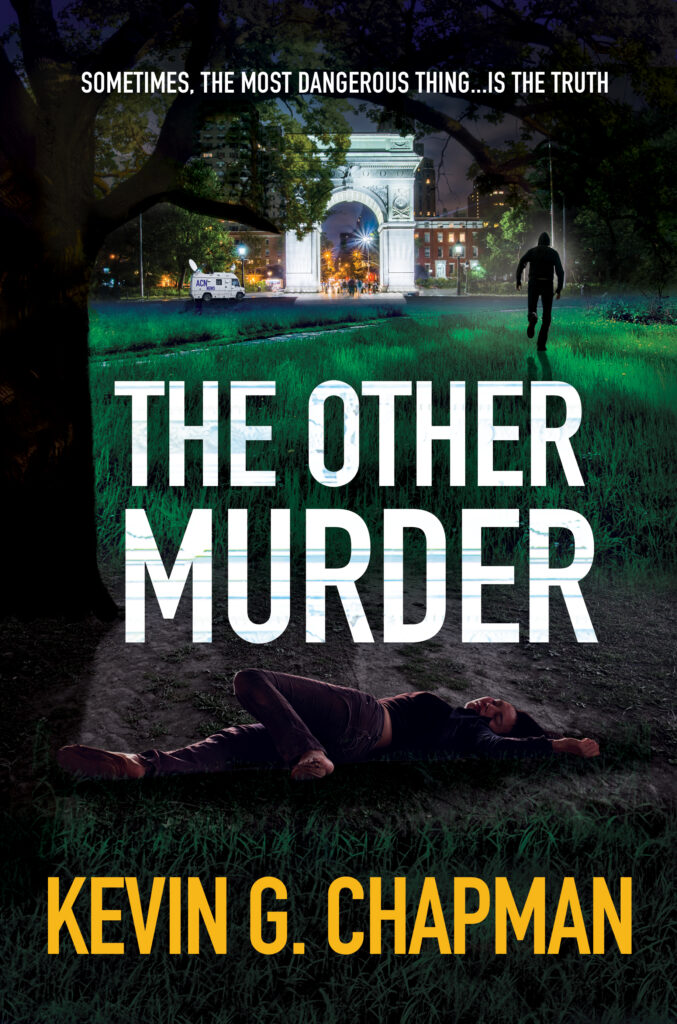
In the last couple of years, I fell into the “True Crime” trap, even though I didn’t think it was possible. There is an Italian journalist that every month publishes a 2-hours deep dive on a specific crime event, and in these two hours it focuses more on how the investigation was conducted rather than how the details of the crime, and this is probably why I like listening to it more than other true crime podcasts.
But maybe, it’s also because how much detail and care he puts in describing the investigation and the mistakes that were made. I’ve lost count of the times I’ve cringed at how imprecise and clumsy the investigators were, or how stubbornly they followed wrong leads or ignored crucial details. The frequency and modality of such mistakes makes you really feel like the investigators don’t want to look there, as if it tampered with the narrative they’ve built in their head.
The Other Murder
The investigation described in Kevin G. Chapman’s The Other Murder gave me very similar vibes. A young and white female student is murdered in a park in New York, and a couple of hours later another body is retrieved in the same park: it belongs to Javier Estrada, a high-schooler with a promising basketball career ahead of him. The police and the mainstream press are unwilling to see the connection between the two murders, and only the stubbornness of a committed journalist of a local newspaper will shed some light on the mystery.
The Other Murder is a fascinating book that keeps you engaged since page one, but the fascination I had about it was for a completely unpredicted reason. The mystery is not particularly intriguing per se, but is a device for what I think was the real theme of the book: the double standards of the Western society*.
The way the police and the press push the narrative of the unfortunate student and refuse to look at evidence that could lead to her murderer because it would smear her reputation, and the way they ignore the young latino boy who got caught in the middle because he tried to help her. This conflict between those who “say” they’re looking for the truth and the ones who are actually looking for it is what made this book special to my eyes. Between the conformity of the mainstream press and the courage of the local newspaper.
There is room for tension in the setup of the final rendez-vous between the snitch and the bad guy, but the resolution of it was the thing I found less satisfying in the entire book. It felt a bit rushed in its execution, and it left the police, the press and us readers with the doubt of the exact dynamic of “the second murder”. All we’re left with is an open question that won’t even need an answer as both parties end up dead at the end of the showdown. A part of me hoped to see a sort of redemption arc for the snitch and a few of the less fortunate characters.
But maybe it makes sense: the book is unfortunately much closer to reality that it would have if it had followed my expectations. This kind of resolution helps painting a more grey picture of society, and in a certain way it reminds us that social change can’t be based only on the good will of a few isolated individual. It’s about all of us.
*I’m pretty sure the problem exists elsewhere as well, but I can’t tell for sure and moreover the book is set in the US.
Thank you for your thoughtful review, Zanna. You are exactly right that the ambiguity of the ending was intentional. The reader must decide what to think based on all the information available from the story. Even though the reader has more information than any of the characters in the story, the whole truth is illusive. Do you believe the story told be the witness? In the end, is that witness reliable? Whenever evaluating news reports, we must either rely on the reputation and credibility of the reporter(s), or make up our own mind based upon what we think we know. Since I forced you to confront this reality, as well as the social issues, I feel that I accomplished my goals.